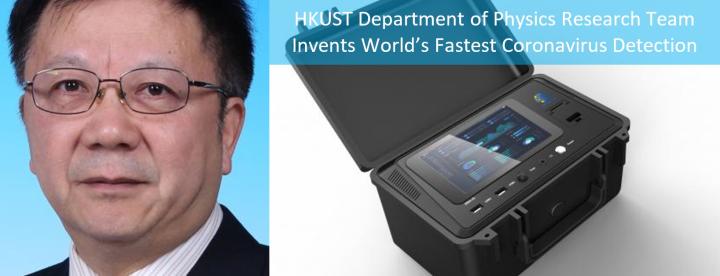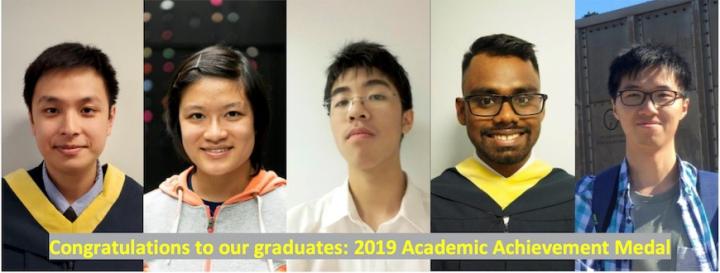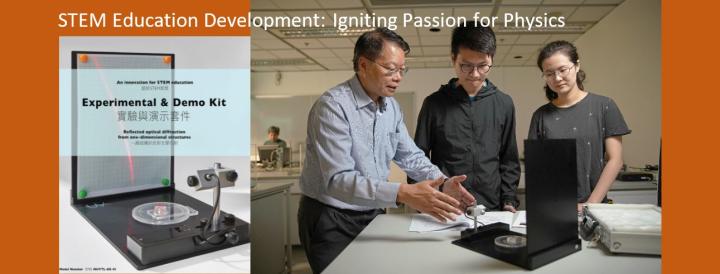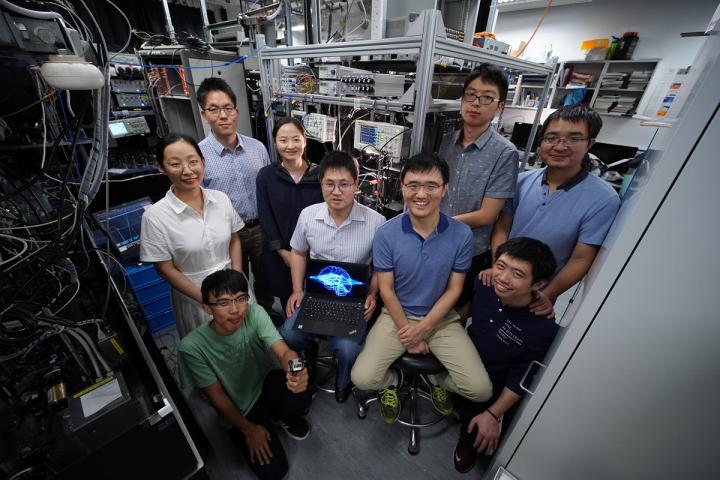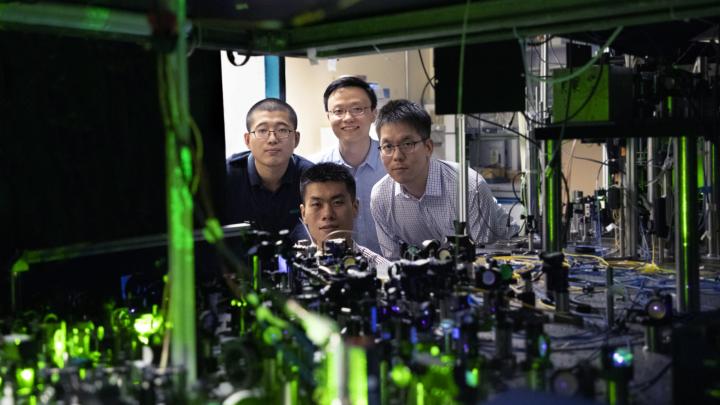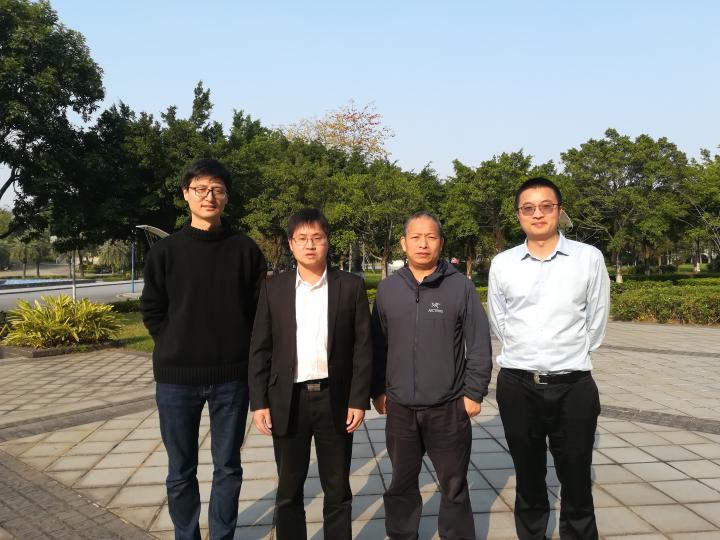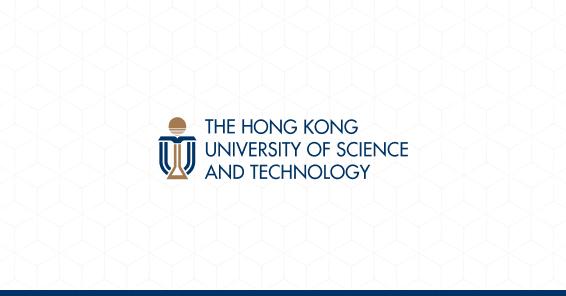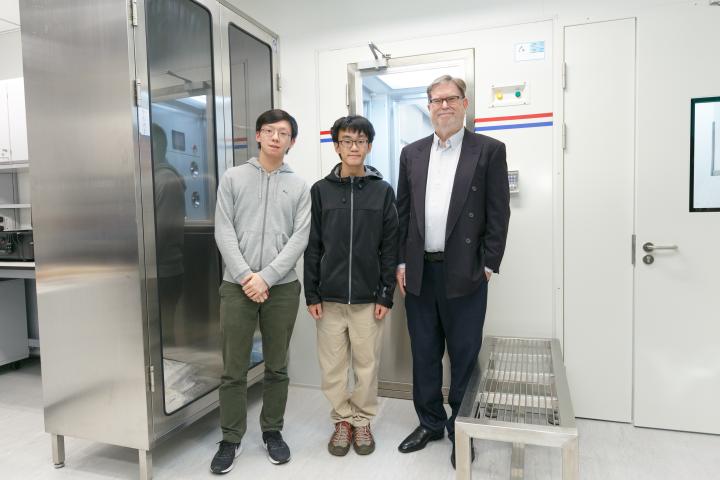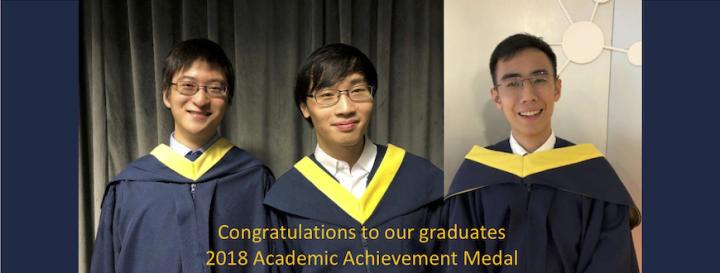News & Events
2019-11-13
Congratulations to Long Him Cheung, Wan Zhen Chua, Mang Hei Gordon Lee, Gowtham Amirthya Neppoleon and Lingbang Zhu (l-r) for being awarded 2019 Academic Achievement Medals. The Academic Achievement Medal is the highest academic honor bestowed by the University on outstanding undergraduate students upon graduation. The awarding of the Medal was established in 1994 to recognize graduates whose outstanding academic achievements bring honor and distinction both to themselves and to the University. Only the top 2-3% of graduates are awarded the Academic Achievement Medal annually. These awards were presented at the 27th University Congregation on 8 November 2019. We are proud of all of our graduates, and are especially delighted in the achievements of the Academic Achievement Medal awardees.
Mr. Cheung is pursuing a PhD degree in Physics at the University of Maryland. Ms. Chua is pursuing a MSc degree in theoretical physics within the Perimeter Scholars International Program at the Perimeter Institute. Mr. Lee is pursuing a MASt degree in Applied Mathematics at Cambridge University. Mr. Neppoleon is pursuing the MPhil degree in Physics at HKUST. Mr. Zhu is pursuing the PhD degree in Chemical Physics at Harvard University.
Read more
2018-11-18
Congratulations to Zhao Cong Chan, Yik Chuen San and Pok Man Tam (l-r) for being awarded 2018 Academic Achievement Medals. The Academic Achievement Medal is the highest academic honor bestowed by the University on outstanding undergraduate students upon graduation. The awarding of the Medal was established in 1994 to recognize graduates whose outstanding academic achievements bring honor and distinction both to themselves and to the University. Only the top 2-3% of graduates are awarded the Academic Achievement Medal annually. These awards were presented at the 26thUniversity Congregation on 15 November 2018. We are proud of all of our graduates, and are especially delighted in the achievements of the Academic Achievement Medal awardees.
Mr. Chan is currently pursuing a Master’s degree in Big Data Technology at HKUST. Mr. San and Mr Tam are currently pursuing PhD degrees at Cornell University in Ithaca, New York, USA and at the University of Pennsylvania in Philadelphia, Pennsylvania, USA, respectively.
Read more
2018-04-19
The Mr. Armin and Mrs. Lillian Kitchell Undergraduate Research Award was established in 2010 to recognize students who demonstrate outstanding performance in the University-wide Undergraduate Research Opportunities Program (UROP) and to promote research culture among undergraduate students.
Mr. Lingbang ZHU was overall Champion of the Mr Armin and Mrs Lillian Kitchell Undergraduate Research Award competition in 2018. Mr. Zhu is a 3rd-year physics undergraduate student who carries out research under the supervision of Prof. Shengwang Du. In his project work “Generating Narrowband Entangled Photon Pairs from a Hot Atomic Vapor Cell”, Lingbang applied a spatially tailored hollow optical pumping beam to suppress uncorrelated noise photons from resonance fluorescence and achieved bright narrowband (2.9 MHz) biphoton generation from a Doppler-broadened hot rubidium atomic vapor cell. Lingbang’s result will have important applications in quantum information and quantum communication. Since joining Prof Du’s group in September 2015, Lingbang has coauthored 2 research papers: Applied Physics Letters 110, 161101 (2017) as first author, and Nature Communications 7, 12783 (2016) as contributing author.
The First Runner-Ups of the Mr Armin and Mrs Lillian Kitchell Undergraduate Research Award competition were Mr. Chun Tin YIP and Mr. Da Wei David REN. Mr. Yip and Mr. Ren are both 4th-year physics students. Mr. Yip carried out his award winning research “Random Walk on Complex Network and Application to Numerical Simulation for Statistical Physics” under the supervision of Prof. K.Y. Szeto. Mr. Ren carried out his award winning research “Confinement Effects on a Planar Dense Wake” under the supervision of Prof. Larry Li in the Department of Mechanical and Aerospace Engineering.
The Second Runner-Up of the Mr Armin and Mrs Lillian Kitchell Undergraduate Research Award competition was Mr. Juntao WANG. Mr. Wang is a 4th year physics undergraduate student who carried his award winning research out under the supervision of Prof. Michael K.Y. Wong. In the project entitled “Dynamics of Housing Prices”, Mr Wang applied Gaussian Process, which is a kernel method in machine learning, to investigate the dynamics of Hong Kong housing prices. By analyzing the frequency components in the auto-covariance function of the change rate of the housing prices, a new kernel function is introduced to characterize the inference relations between the data. Using the new kernel function, the Gaussian Process gives more accurate and reliable prediction of the future trends of the Hong Kong housing prices, compared with using other popular kernel functions. Mr. Wang’s previous research was published in the Proceedings of Complex Networks 2017 as contributing author and the Proceedings of the International Conference on Web Intelligence, WI’17 as first author.
Read more

